All images by the ICZ
selected works
Curated by Katia Arfara, Comissioned by The Onassis Cultural Centre for Fast Forward Festival 5
Nature invades Victoria Square. The rooms of an old Athenian residence host a peculiar "Nature Museum". There, at 15 Derigny Street, an award winning Singaporean artist, in collaboration with Greek experts, mounts an adventurous installation showcasing the unknown flora and fauna of Athens – from the rivers that disappeared to the wildlife that was quashed by uncontrollable urbanisation.
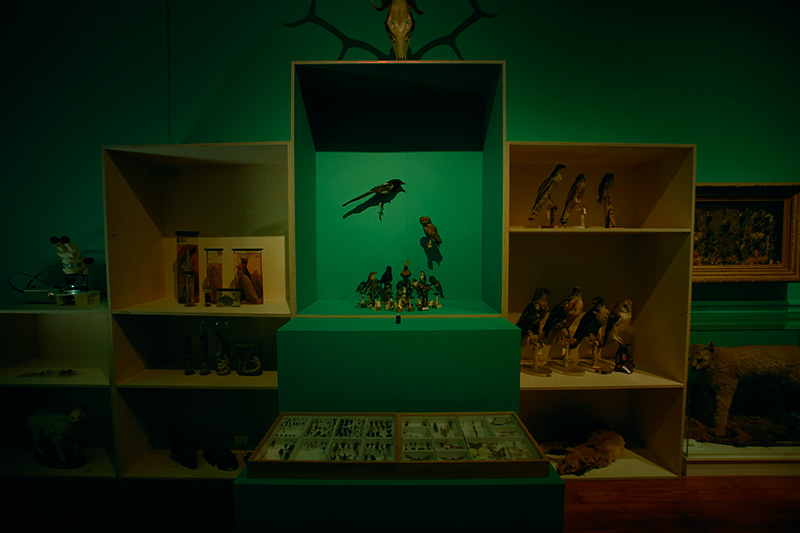
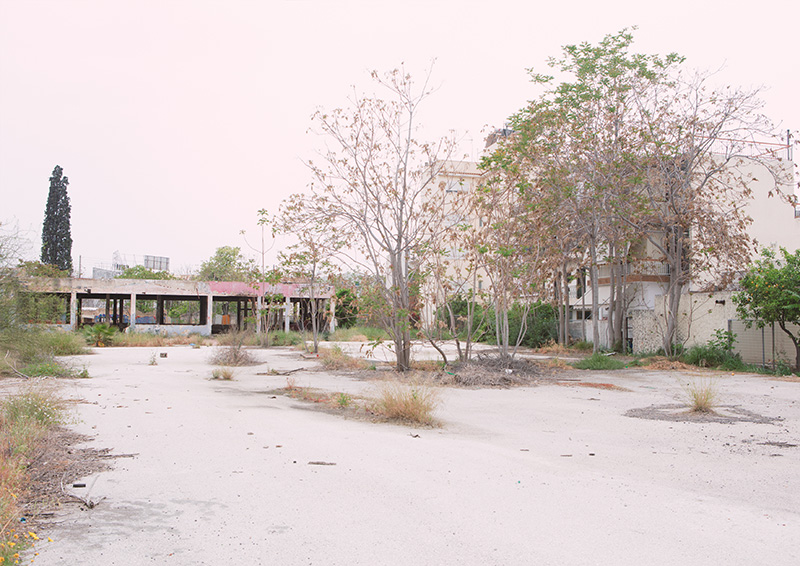
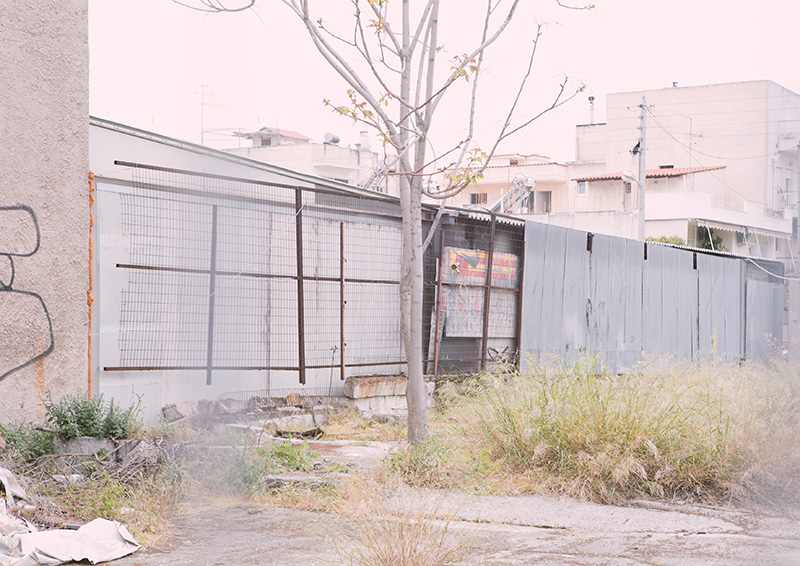
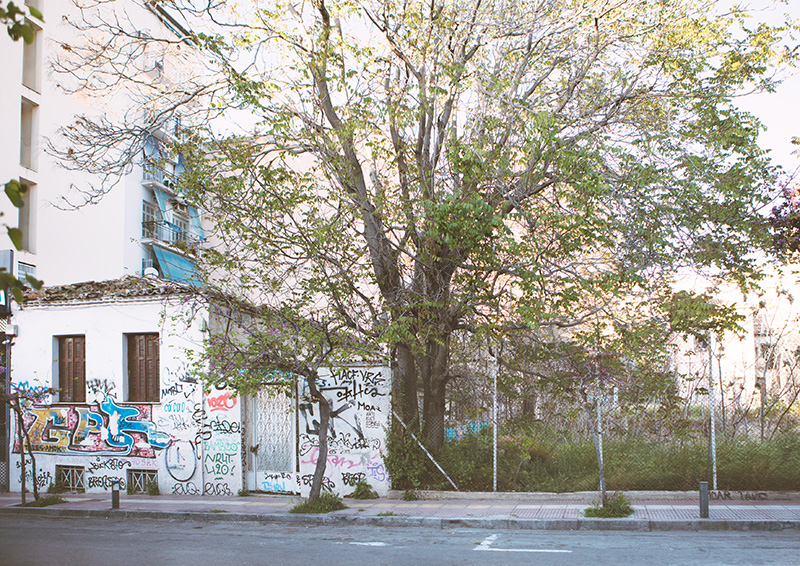
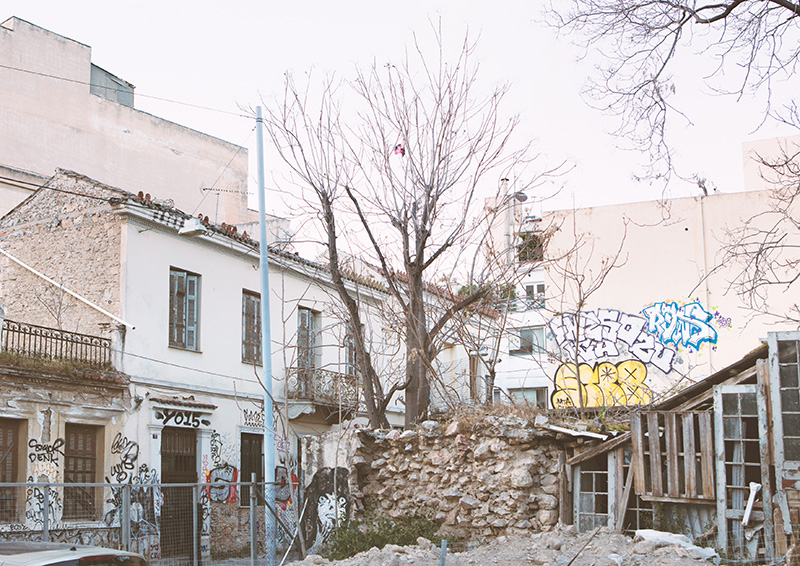
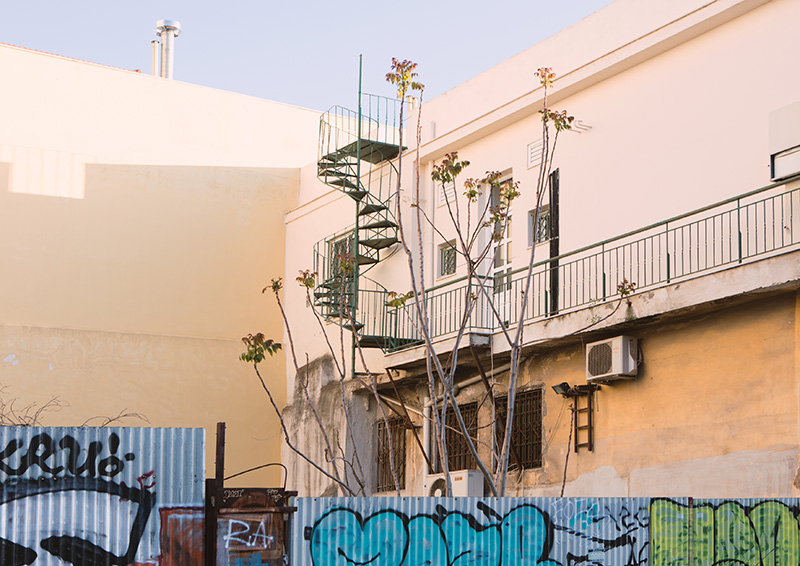
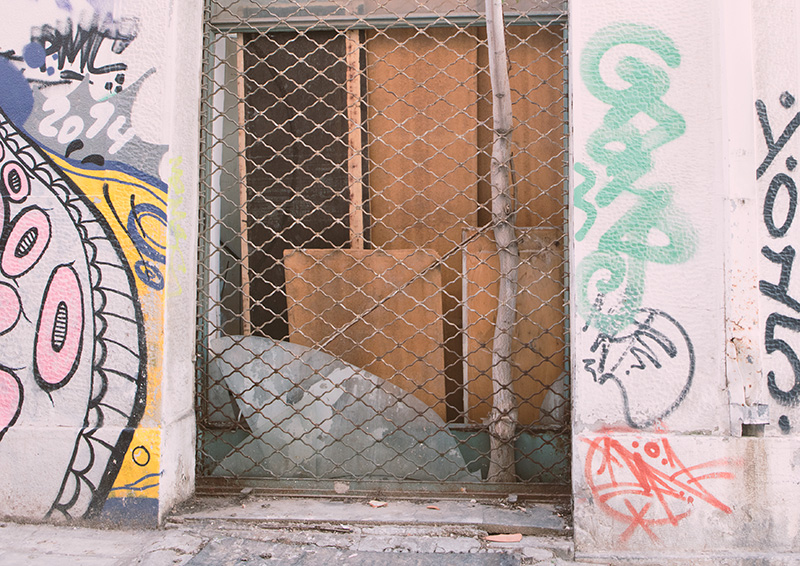
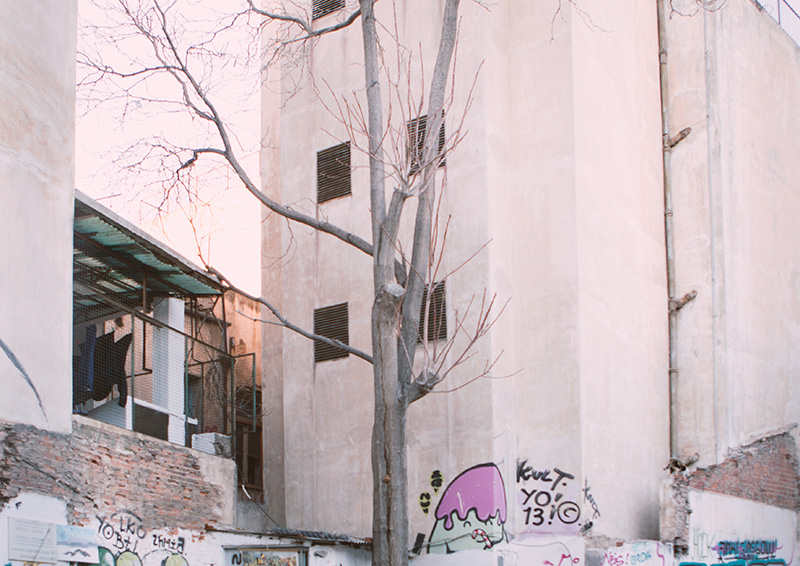
Looking for Heaven, 2015-2016 Photographs, Katerina Zavakou
A series of photographs by Katerina Zavakou documenting urban detritus and decay in central Athens. These photographs detail abandoned buildings and urban “ruins”. After producing the series, Zavakou noticed the consistent appearance of a plant, the Tree of Heaven, an invasive species first introduced to Athens in the 19th century that thrives in urban environments. The tree takes over these sites, issuing a toxin that prevents other trees from growing in the vicinity, and for this reason has become especially associated with urban wastelands.
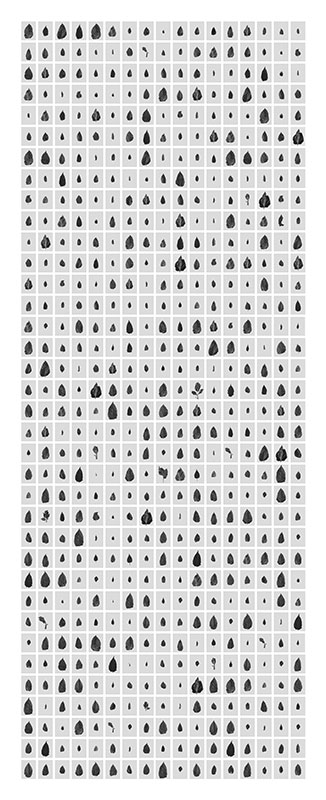
Trying to Remember a Tree, 1990 Photographs, Giorgos Charonidis
After Plato’s 2400-year old Olive Tree was uprooted in a traffic accident, Charonidis decided to look for other important and historical trees in Athens. He identified the Tree of Heaven, given its associations with the 19th century monarchy, as a tree of heritage. This series documents all the leaves from a single tree of heaven that fell in 1990. It was believed to have been planted by Amalia herself.
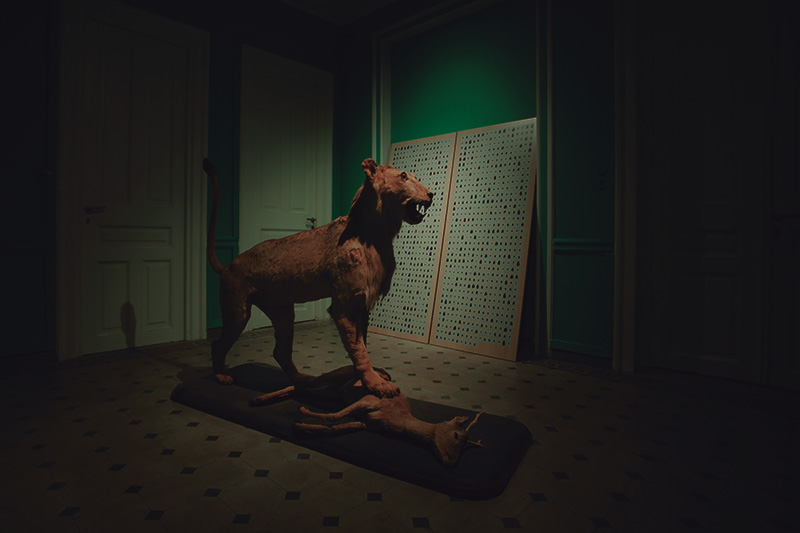
Artemis, 1838 Taxidermy, collection of Giorgos Charonidis
Artemis, an African Lion, was the first animal introduced to the zoo of the National Gardens by Queen Amalia in the mid-19th century. Amalia had seen the royal zoos of other European monarchs and sought exotic animals for her garden. After the Queen and her husband, King Otto, were deposed, an ensuing conflict caused the creature to die of neglect. The carcass was taxidermied in a dramatic display with a deer, likely for a sale that was disrupted by the conflict. The lion was left in an abandoned storehouse at the zoo, where Charonidis found and acquired it in the 1950s.

All the animals of Athens, c.1950s-2017 Taxidermy, collection of Giorgos Charonidis
A comprehensive selection of all the animal species that are native in Athens, collected over the years by Charonidis. Of particular interest is the lynx in the glass case, a species now extinct in Athens. Also of note are small local snails once thought to be extinct, but that recently re-emerged. The skull on display is from a Greek Red Deer that was probably killed by poachers who subsequently discarded the head.
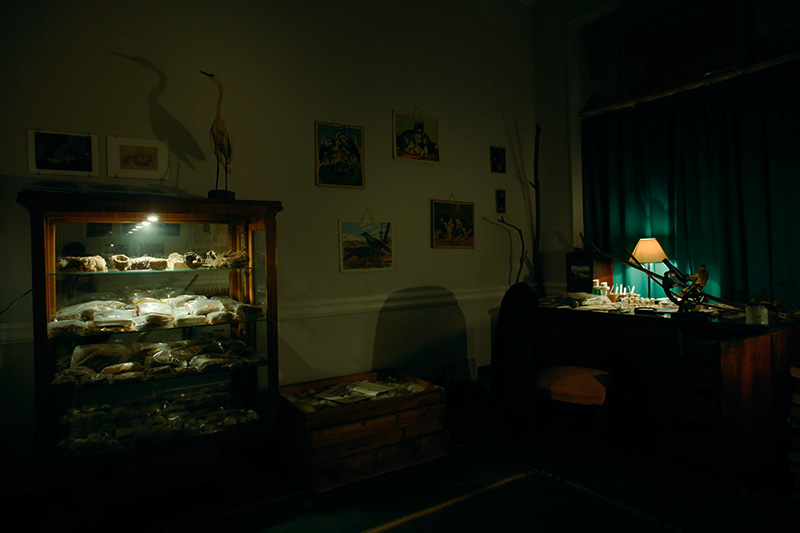
All the Birds in a Forest, 1945-1981 Preserved nests and eggs, collection of Giorgos Charonidis
This is Giorgos Charonidis’s personal collection of over 200 preserved nests and eggs collected from a single forest between the 1940s and 1981, when the taking of nests from the wild became illegal under EU regulations. The forest from which these nests and eggs were collected burned down in a fire in 1994, and is now a housing estate
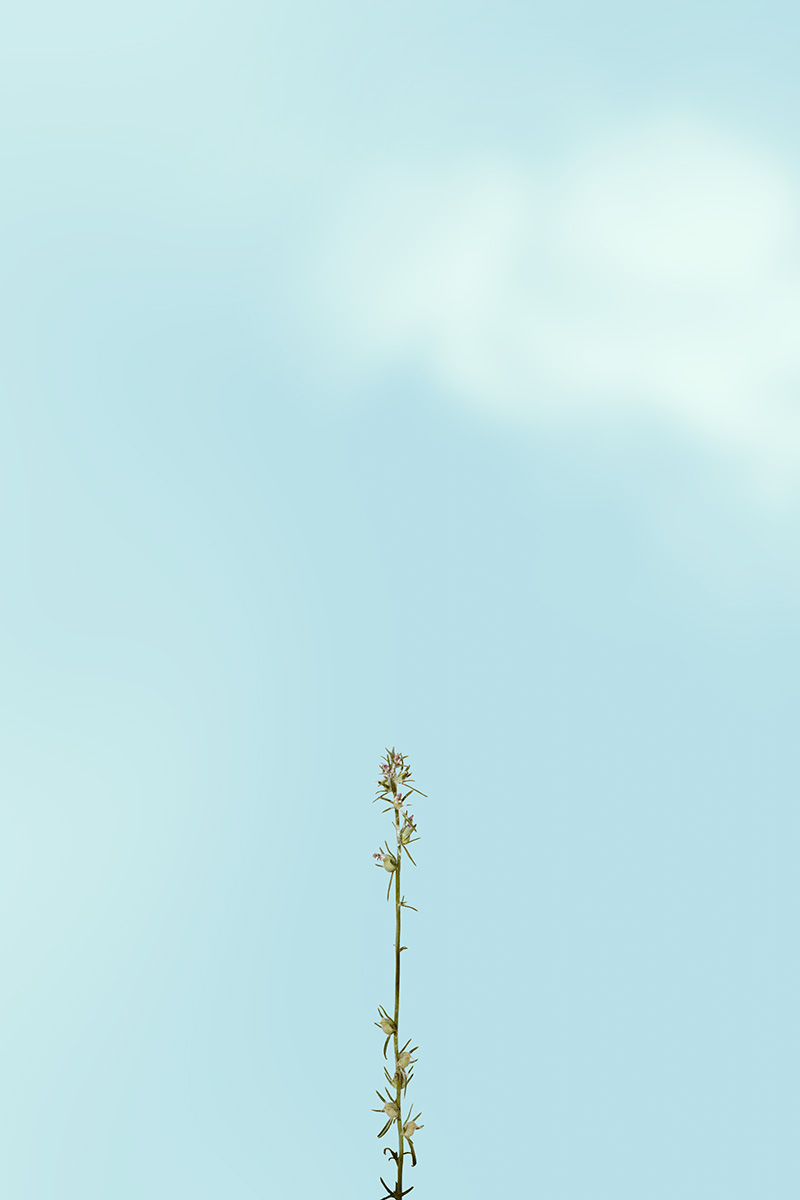 Micromeria Acropolitana
Micromeria Acropolitana
The Secret of the Acropolis, c.1960-2017 Photographs and Postcards, collection of Giorgos Charonidis
Botanical prints and photographs of the location of Micromeria Acropolitana, a rare plant that only grows on the Acropolis, and formerly believed extinct.
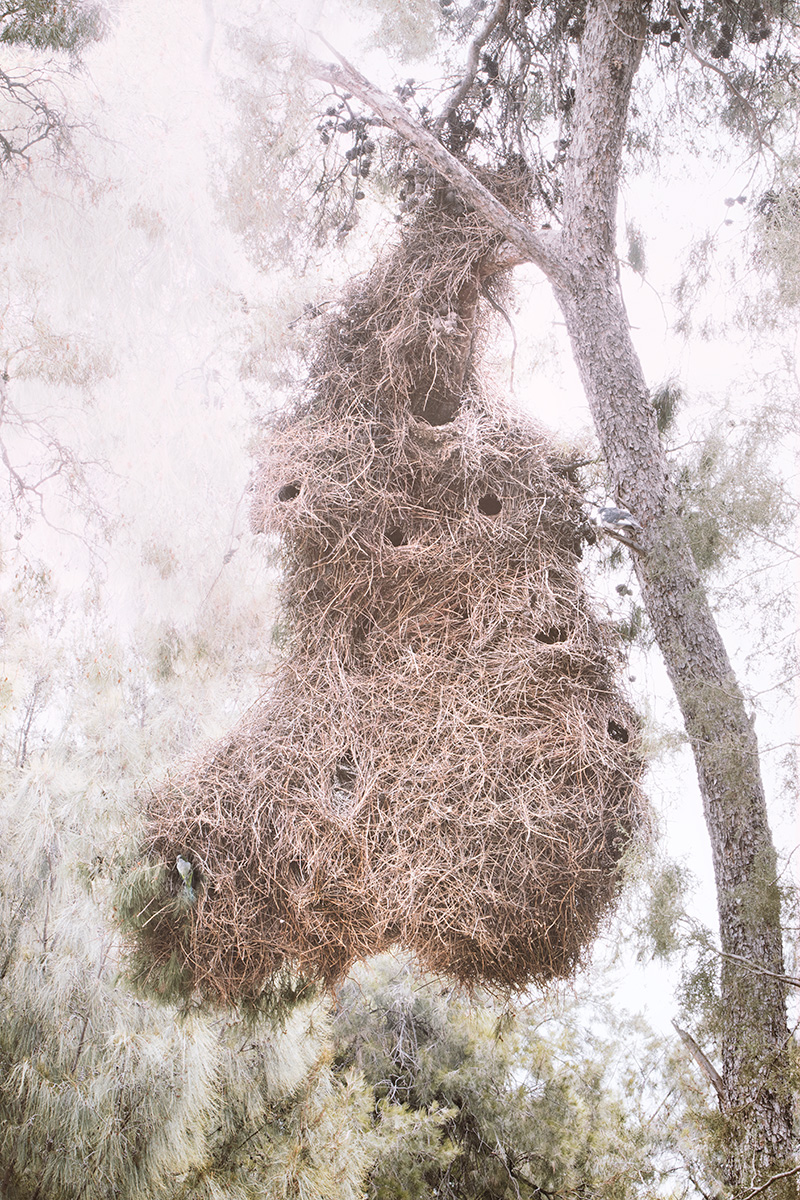 The Largest Monk Parakeet Nest in Athens was initiated by Giorgos Charonidis
The Largest Monk Parakeet Nest in Athens was initiated by Giorgos Charonidis
For more information click here.
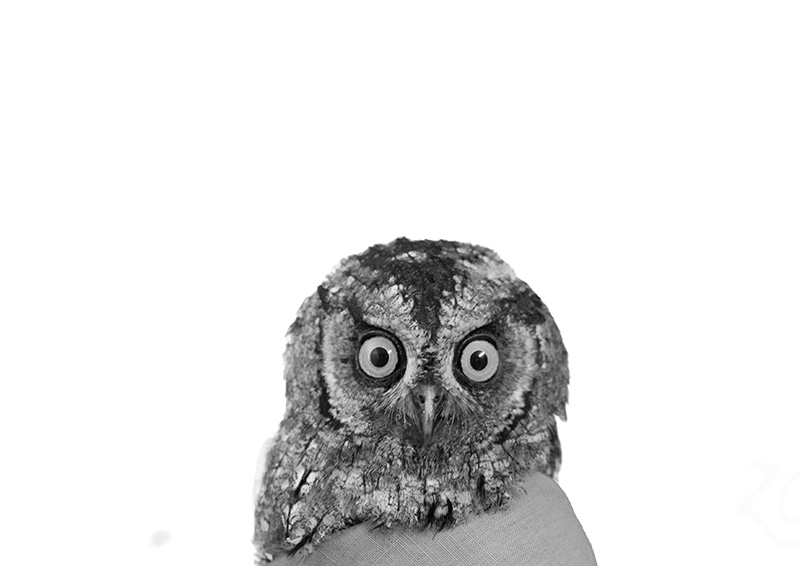
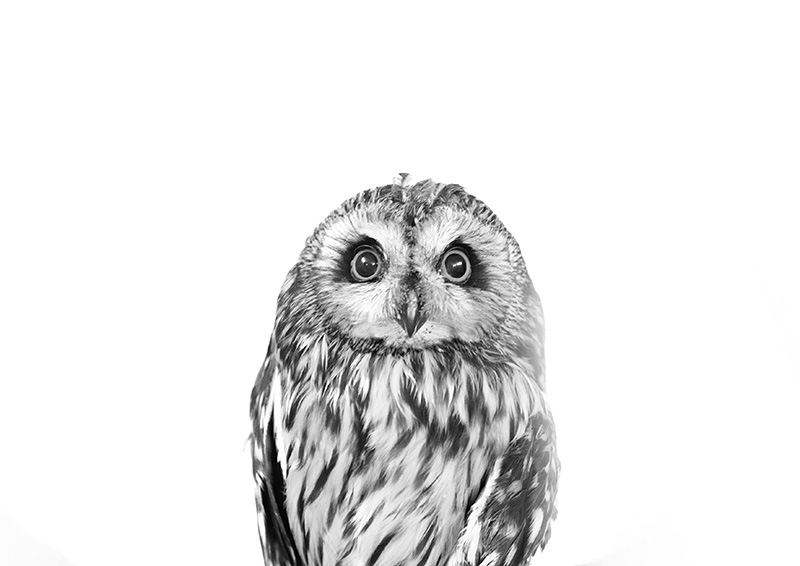 16th April, 2018, Photographs, Robert Zhao Renhui
16th April, 2018, Photographs, Robert Zhao Renhui
Photographs taken of all the animals that were found to be injured and brought to ANIMA centre in a single day. The most numerous are birds of prey, followed by tortoises.
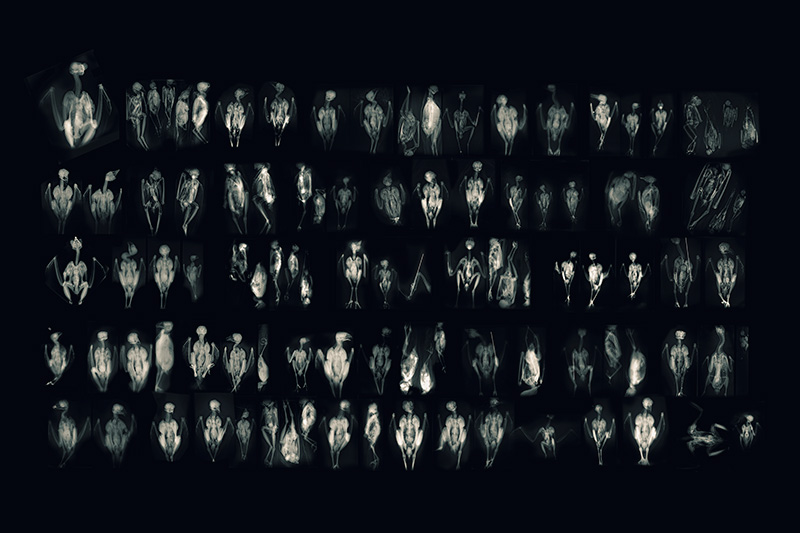 The birds of Athens, Light Box, 3m x 2m, 2018.
The birds of Athens, Light Box, 3m x 2m, 2018.
In Athens, Greece, people who encounter injured birds can take them to ANIMA, a non-profit wildlife protection centre, to be rehabilitated. In 2018, the ICZ collaborated with ANIMA to exhibit a selection of X-rays of dead or injured birds for the exhibition The Nature Museum. Some of the birds have broken wings, an indication that they have collided with a building or a vehicle. The long metal splinter that is visible in some of the birds are inserted by vets to help the birds heal their broken wings. In some birds, there are also white spots, which are bullets. These birds have been shot.
Copyright 2018, Institute of Critical Zoologists